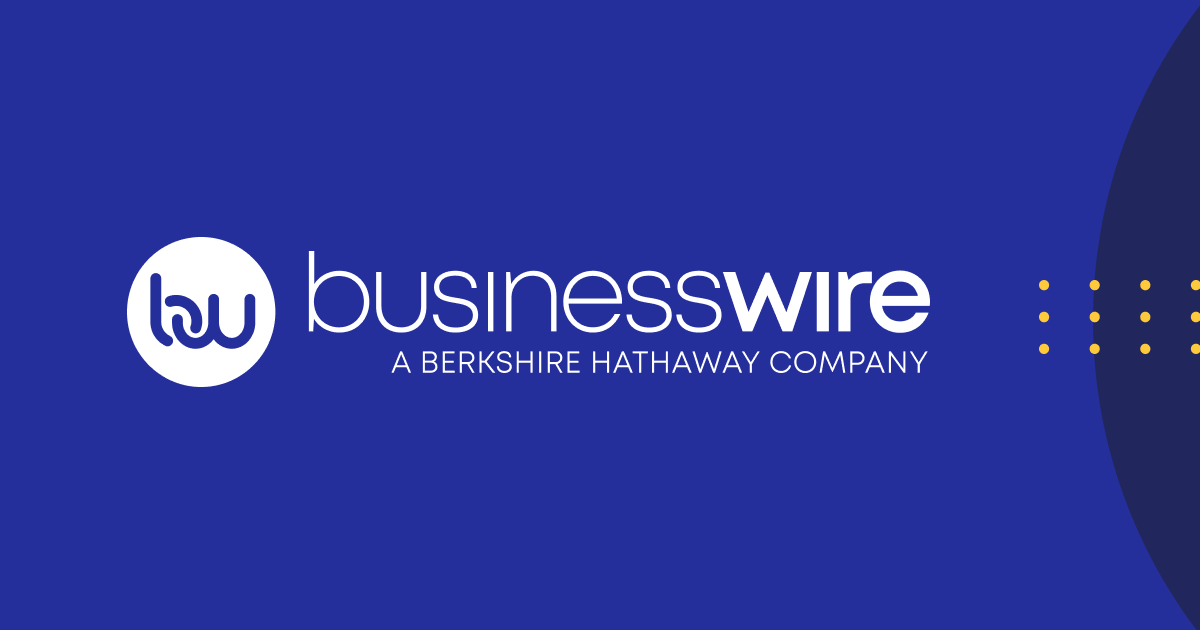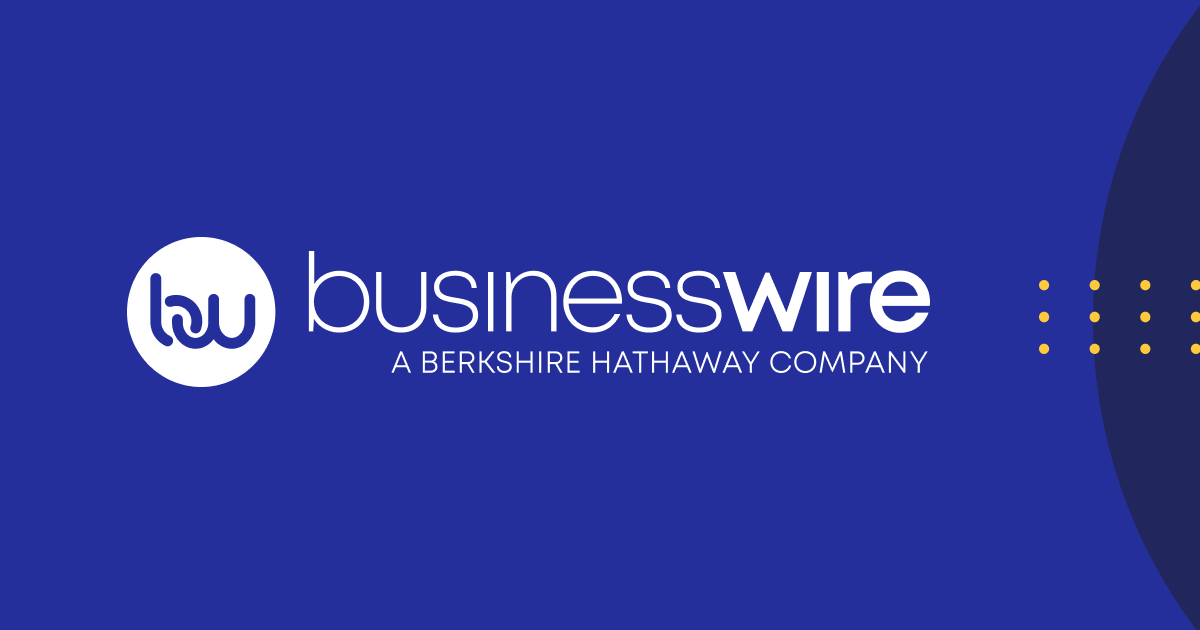
COR
Cencora, Inc.
$368.53
-6.22
(-1.66%)
| Exchange: | |
| Market Cap: | 71.45B |
| Shares Outstanding: | 40M |
About The Company
| Sector: | Healthcare | |||||
| Industry: | Medical – Distribution | |||||
| CEO: | Robert P. Mauch PharmD | |||||
| Full Time Employees: | 42000 | |||||
| Address: |
|
|||||
| Website: | https://www.amerisourcebergen.com |
Cencora, Inc. sources and distributes pharmaceutical products. Its U.S. Healthcare Solutions segment distributes pharmaceuticals, over-the-counter healthcare products, home healthcare supplies and equipment, and related services to acute care hospitals and health systems, independent and chain retail pharmacies, mail order pharmacies, medical clinics, long-term care and alternate site pharmacies, and other customers. The company also provides pharmacy management, staffing, and other consulting services; supply management software to retail and institutional healthcare providers; packaging solutions to various institutional and retail healthcare providers; clinical trial support, product post-approval, and commercialization support services; data analytics, outcomes research, and additional services for biotechnology and pharmaceutical manufacturers; and pharmaceuticals, vaccines, parasiticides, diagnostics, micro feed ingredients, and other products to the companion animal and production animal markets. In addition, this segment distributes plasma and other blood products, injectable pharmaceuticals, vaccines, and other specialty products; and provides other services primarily to physicians who specialize in various disease states, primarily oncology, as well as to other healthcare providers, including hospitals and dialysis clinics. The company’s International Healthcare Solutions segment offers international pharmaceutical wholesale and related service, and global commercialization services; and distributes pharmaceuticals, other healthcare products, and related services to pharmacies, doctors, health centers and hospitals primarily in Europe. This segment also provides specialty transportation and logistics services for the biopharmaceutical industry. The company was formerly known as AmerisourceBergen Corporation and changed its name to Cencora, Inc. in August 2023. Cencora, Inc. was incorporated in 2001 and is headquartered in Conshohocken, Pennsylvania.
Click to read more…
Revenue Segmentation
EPS
Earnings Call
Income Statement
(* All numbers are in thousands)
Balance Sheet
(* All numbers are in thousands)
Cash Flow Statement
(* All numbers are in thousands)
Analyst Estimates
(* All numbers are in thousands)







